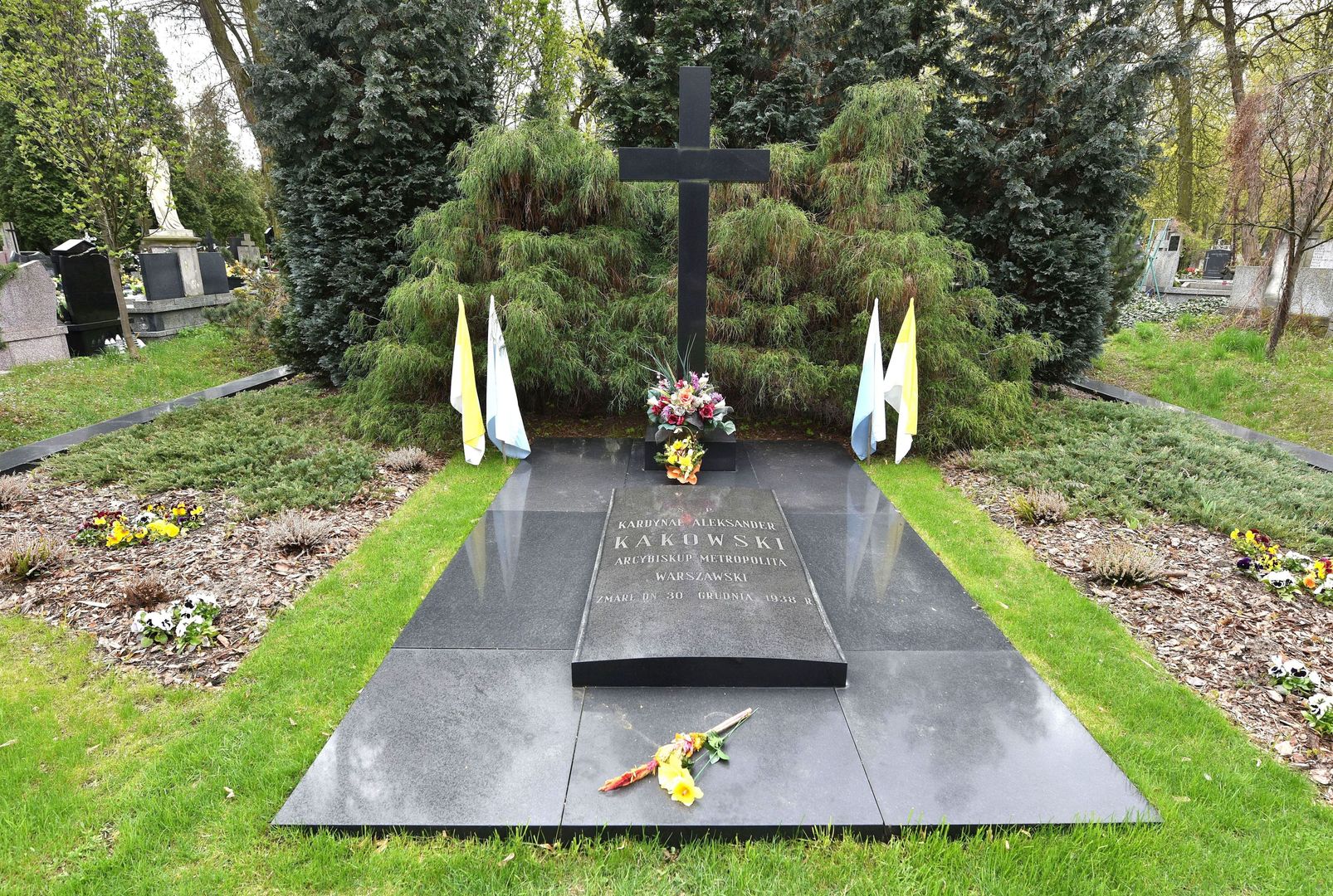Bródno Cemetery
6.53

Overview
Bródnowski Cemetery in Warsaw, located at Świętego Wincentego Street, is one of the largest cemeteries in Europe, covering an area of approximately 113.3 hectares and containing around 1.2 million burials. The necropolis was established in 1884 after the land was purchased from the Holy Spirit Hospital and initially served as a burial ground for the poor, earning it a reputation as a cemetery for the impoverished, in contrast to the Old Powązki Cemetery, where the wealthy were interred. The cemetery grounds are characterized by architectural diversity, influenced by a variety of tombstone styles, ranging from modest to elaborate sarcophagi. Among its architectural attractions are two churches: the wooden Saint Vincent de Paul Church and the brick-built Our Lady of Częstochowa Church. The cemetery has witnessed numerous historical events, including the battles of the 1905 Revolution and the activities of the Polish resistance during World War II. It also contains a cemetery for soldiers of the Red Army and a memorial to the victims of communist terror. Between 2015 and 2017, exhumations of victims of this regime were carried out, leading to the discovery of previously unknown burial sites. Another point of interest is the presence of the Our Lady of Bródno statue, which has become a symbol of remembrance for those without designated burial places. The cemetery park features the Main Avenue, where notable Poles, including Cardinal Aleksander Kakowski and Roman Dmowski, are buried. In recent years, a modern columbarium was opened on the cemetery grounds, reflecting its ongoing evolution and adaptation to contemporary needs. Bródnowski Cemetery is a place rich in history and culture, playing an important role in the collective memory of Warsaw.
Location
Tickets
Powered by GetYourGuide
2025 Wizytor | All Rights Reserved